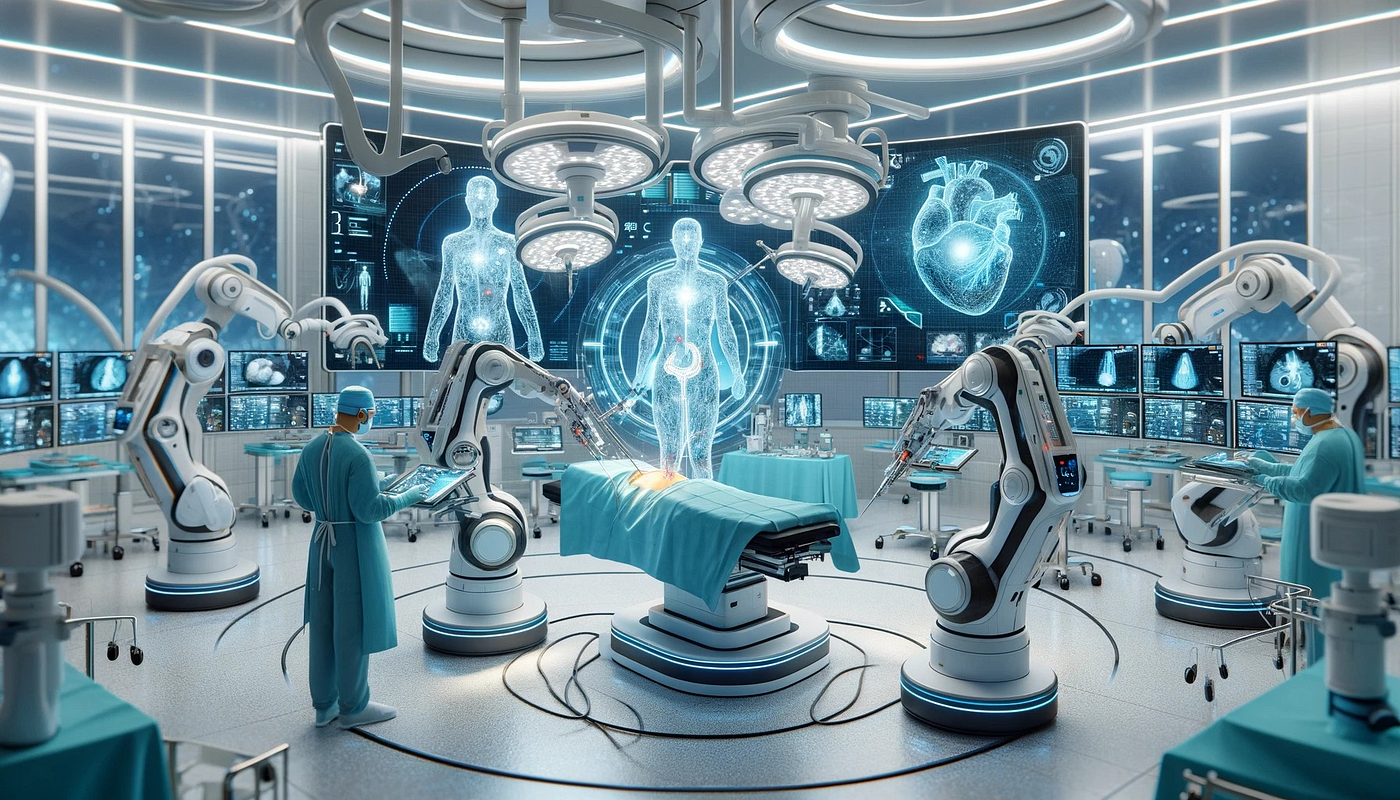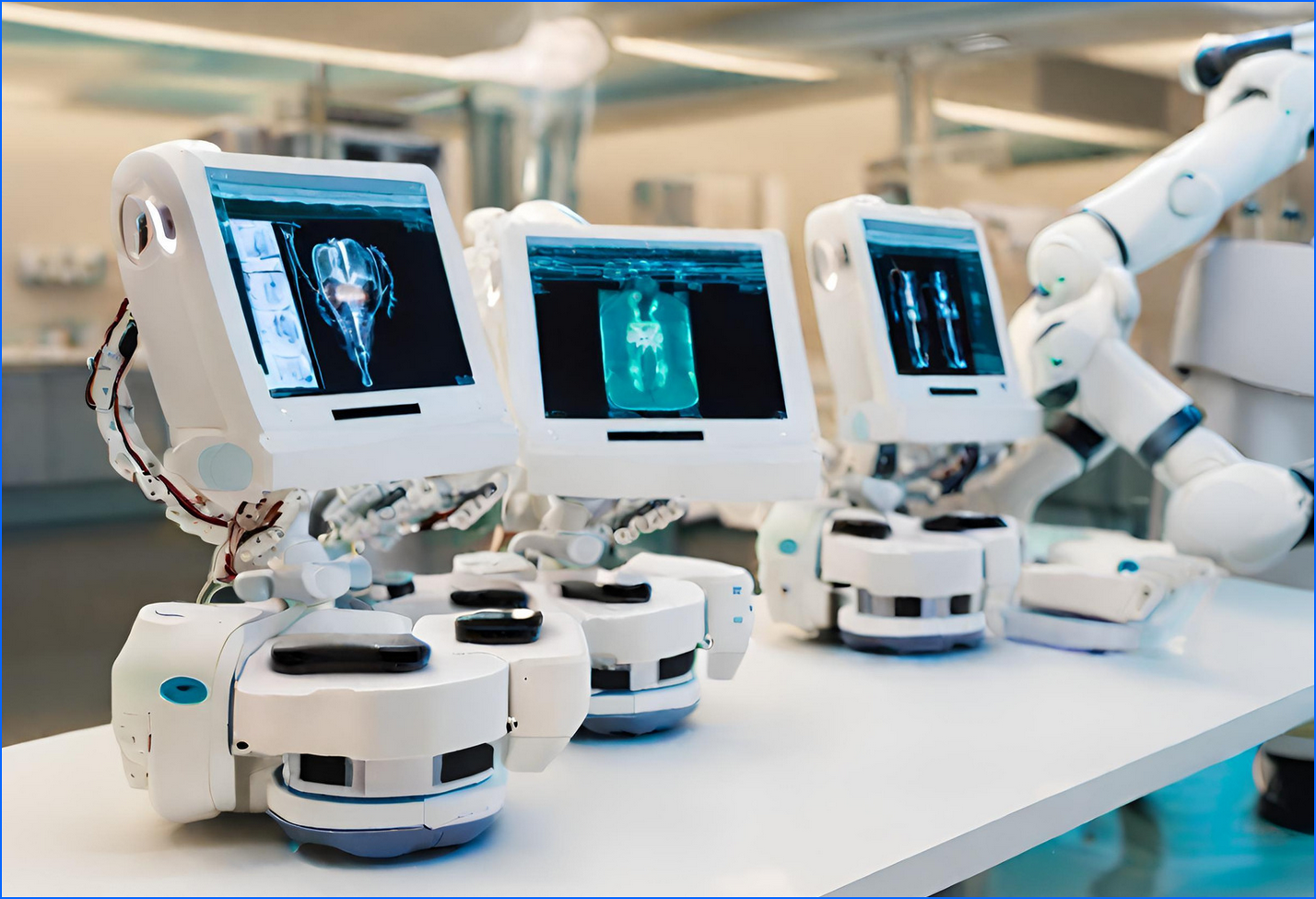Artificial intelligence (AI) is increasingly transforming diverse fields, showcasing its versatility from healthcare to robotics, speech synthesis, and even sensory experiences. This technological revolution is not only enhancing practical applications but also sparking critical debates about AI’s ethical use, consciousness, and its impact on creative industries.
AI in Healthcare: Managing Back Pain
One of the most impactful applications of AI is in healthcare, particularly in managing chronic conditions like low back pain, which affects a significant portion of the global adult population. AI systems are now capable of analyzing clinical data, medical imaging (MRI, CT, X-rays), electromyography studies, and physical motion to diagnose and predict the onset of back pain conditions with accuracy exceeding 90% in some studies. These AI-driven tools assist physicians by enhancing image quality, reconstructing synthetic images, and automating labeling tasks, thereby improving diagnostic precision and treatment planning.
Moreover, AI is being integrated with virtual reality (VR) and voice cloning technologies to personalize pain management. Researchers are exploring AI-generated voice cloning of patients’ loved ones to create emotionally supportive audio experiences that can modulate pain perception and anxiety. This approach leverages the neurological and psychological effects of familiar voices, activating brain regions involved in social safety and emotional regulation, which in turn may enhance analgesic effects. AI-powered apps like Flok in the UK are already helping patients manage back pain through tailored interventions delivered via AI-driven narratives, demonstrating scalability and effectiveness in clinical settings.
Robotics: Mimicking Human Hands and Enhancing Care
In robotics, AI is advancing the development of physical machines that interact with humans in empathetic and practical ways. Robots equipped with AI can now assist stroke survivors in moving limbs, remind elderly patients to take medication, and encourage physical activity in children. These robots use facial recognition, adaptive voice patterns, and real-time brain signal reading to provide personalized care and motivation. For example, robots like Matanya in aged care facilities reduce loneliness and stress by responding empathetically to residents’ emotions, while others like GoBot promote toddler activity through playful interaction.

The integration of AI in robotics is not merely about automation but about amplifying human empathy and care. Robots such as ARI in Paris hospitals help with visitor guidance and infection control, and delivery robots like Moxi in the US free healthcare staff to focus more on patient care. These applications highlight how AI-driven robotics are redefining the nature of caregiving by supplementing human efforts with precision and responsiveness.
Speech Synthesis: Cloning Voices for Emotional Support
AI’s capabilities in speech synthesis have evolved to include voice cloning, which replicates the unique pitch, tone, and rhythm of a person’s speech. This technology is being used to create lifelike synthetic voices that can provide personalized and empathetic communication in healthcare and beyond. By combining AI-generated voices with VR environments, researchers aim to enhance cognitive engagement and emotional support for patients, particularly those suffering from chronic pain. This fusion of AI voice cloning and immersive environments represents a novel approach to therapy that addresses both psychological and neurological aspects of pain management.
Sensory Experiences: “Tasting” Colors and Beyond
Beyond traditional applications, AI is also venturing into sensory experiences, such as “tasting” colors. While details on this application are less mainstream, it exemplifies AI’s potential to extend human perception and create new forms of sensory interaction. This experimental use of AI challenges conventional boundaries and opens up innovative possibilities in art, design, and sensory augmentation.
Ethical and Societal Debates
As AI permeates various sectors, public and governmental debates intensify around its ethical use, potential consciousness, and role in creative industries. Questions arise about AI’s decision-making transparency, privacy concerns, and the moral implications of machines mimicking human traits. The creative sector, in particular, grapples with AI-generated content and its impact on human creativity and employment.
These discussions emphasize the need for balanced governance frameworks that ensure AI technologies are developed and deployed responsibly, respecting human values while fostering innovation.
In summary,
AI’s application across healthcare, robotics, speech synthesis, and sensory experiences demonstrates its transformative power and versatility. From improving back pain management with advanced diagnostics and personalized therapy to enhancing empathetic care through robotics and voice cloning, AI is reshaping how humans interact with technology. Meanwhile, ongoing ethical debates underscore the importance of thoughtful integration of AI into society, ensuring it serves to augment rather than undermine human well-being and creativity.

